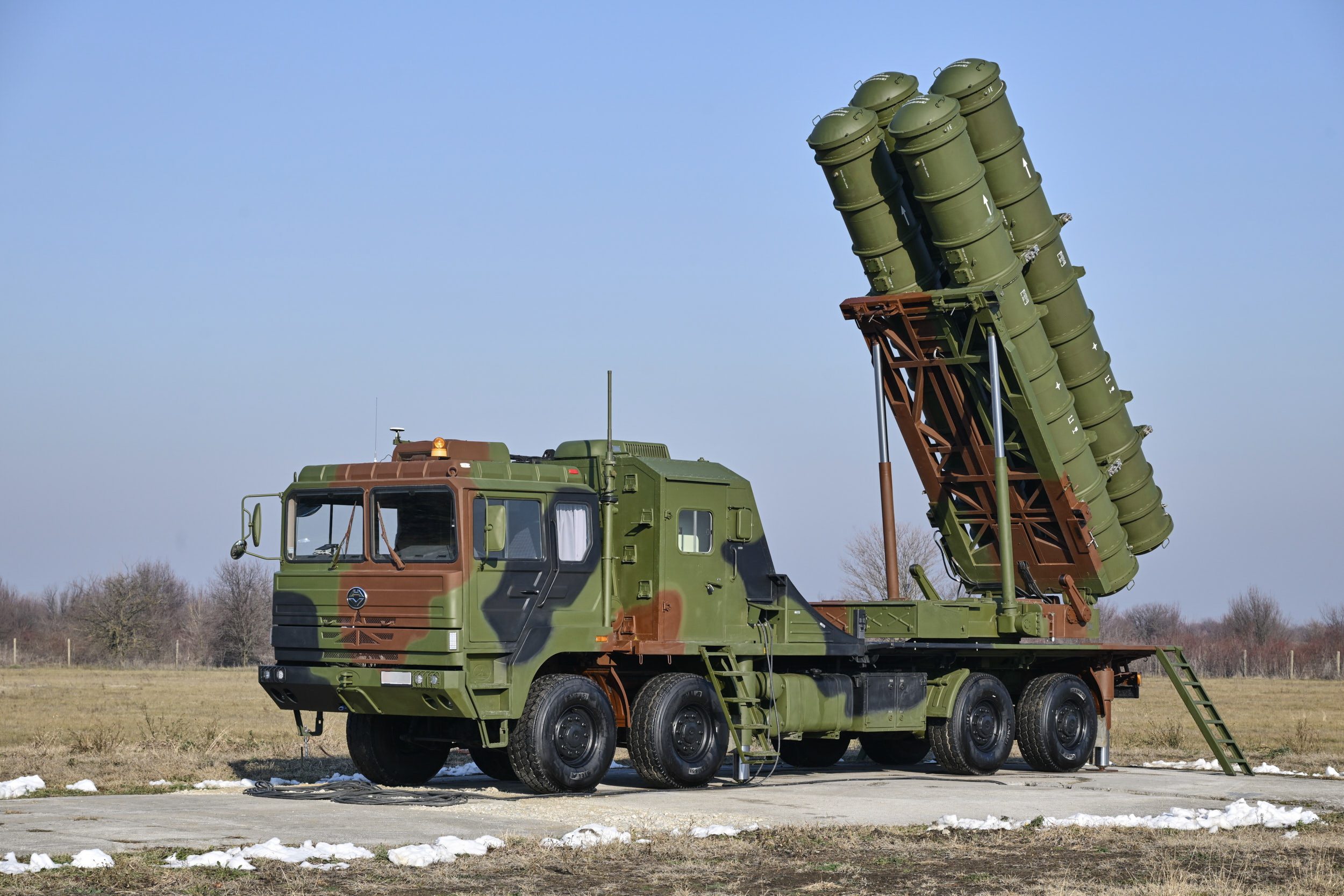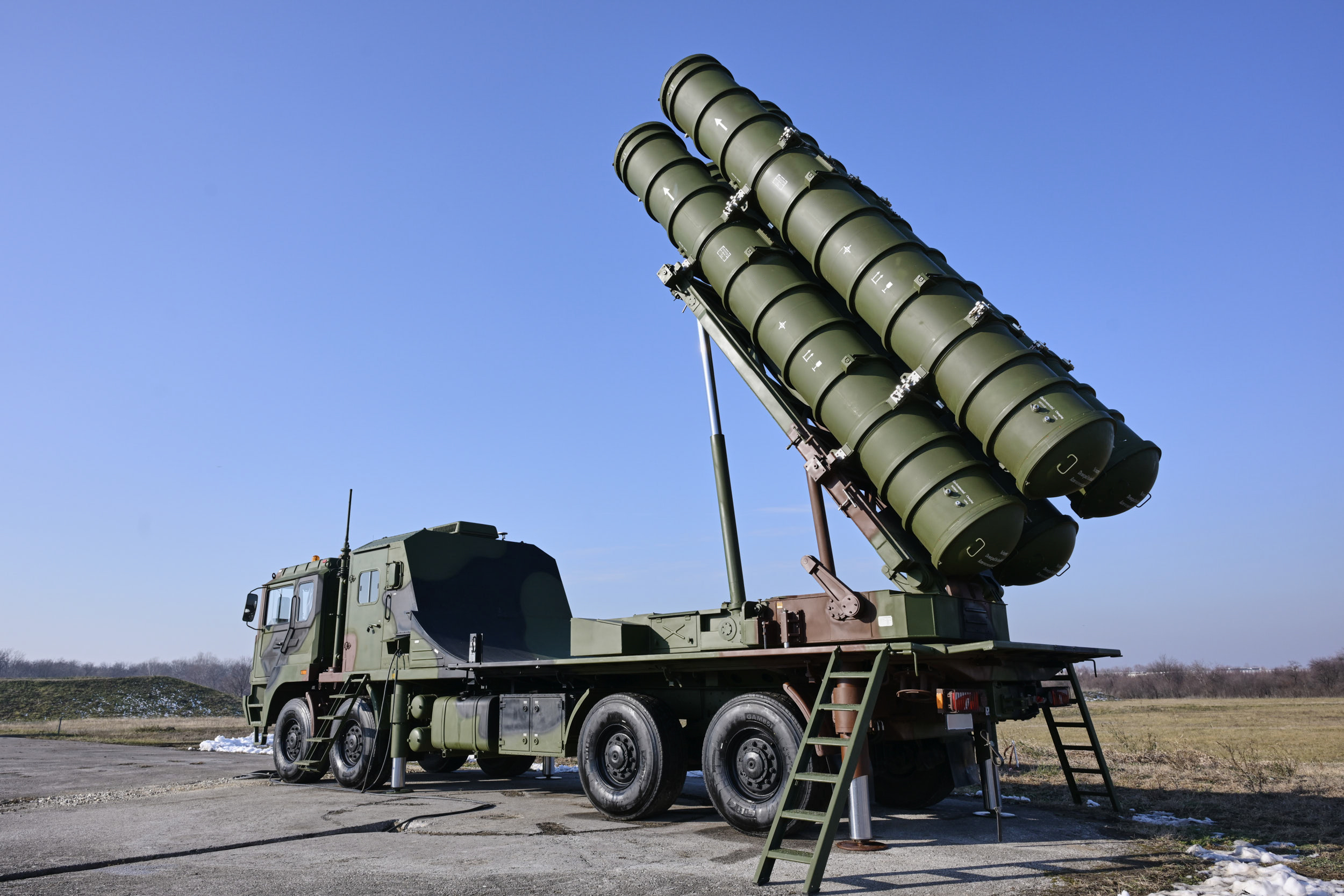Serbia’s Ministry of Defense has announced that the country’s airspace control and protection capabilities have been “significantly improved” with the integration of the Chinese FK-3 air defense missile system.
This advanced system, which is an export variant of China’s HQ-22 surface-to-air missile system, is a major upgrade for the Republic of Serbia’s Air Force and Air Defense.
In a press release published on December 30, the Ministry said that the FK-3 air defense system provides advanced protection for Serbia’s skies.
The system includes a command center vehicle, missile launchers, radar systems, and logistics support vehicles, creating a comprehensive air defense network. It is designed for high mobility, ensuring rapid deployment and flexibility in various operational conditions.
In 2019, Serbia placed an order for the FK-3 system. In 2020, US officials warned Belgrade against purchasing Chinese missile systems, stating that for Serbia to pursue membership in the EU and other Western alliances, it would need to align its military equipment with Western standards.

The delivery of the FK-3 was completed in 2022 through a large-scale airlift operation using Chinese Y-20 transport planes, marking it as the largest shipment of Chinese weapons to Europe.
Following this delivery, Serbia became the first European country to operate the FK-3, a system compared to the American Patriot and Russian S-300 missile systems, although it has a shorter range than the latest versions of the S-300.
The Serbian Ministry of Defense reported that training exercises for the FK-3 system are conducted daily as part of ongoing operational readiness. The 250th Air Defence Missile Brigade’s battalion, equipped with FK-3 missiles, undergoes continuous monitoring and performance evaluations to ensure peak operational effectiveness.
These efforts are focused on defending critical infrastructure, military personnel, and territory from aerial threats. Captain 1st Class Stefan Manić, the missile battery commander, said, “The FK-3 is a milestone in air defense systems.”
USAF vs PLAAF: U.S. “Downplays” China’s Air Combat Capability; Can 6th-Gen “J-36” Change The Game?
He highlighted the system’s anti-jamming technology, which protects its radars from missile attacks aimed at destroying tracking systems. Furthermore, the FK-3 can engage up to six air targets simultaneously with 12 missiles, showcasing its firepower and tactical advantage over traditional systems.
The missile battery commander stressed, “It is a great honor to be the commander of an air defense missile battery and to work on the most powerful air defense missile system that our country has.”
In preparation for its deployment, Serbian crews received “very complex” training in China, where they learned to operate and maintain the FK-3 system.
Captain Manić added that despite the complexity of the training, the Serbian personnel completed it with high motivation and are now fully equipped to manage the missile system independently.
FK-3 Surface-Air-To-Air Missile System
The FK-3 is engineered to target a variety of airborne threats, such as aircraft, helicopters, and cruise missiles.
The Serbian Ministry of Defense highlighted that with an operational range of 100 kilometers and a maximum altitude of 27 kilometers, the FK-3 system provides robust protection for government buildings, military forces, and the country’s airspace sovereignty.
According to the US-based Think tank, similar to the HQ-22, the FK-3 is said to reach a top speed of Mach 6, although its maximum range is shorter than the HQ-22. Both the FK-3 and HQ-22 systems typically include a radar vehicle and three launch vehicles, each capable of carrying four interceptor missiles.
Additionally, the FK-3 is designed to resist electronic countermeasures and function effectively in high-jamming environments. The system relies on 8×8 vehicles, each transporting four vertically launched missiles.
Chinese experts said the FK-3 utilizes angled launching ramps rather than a vertical launch system. While vertical launching offers more flexibility, it limits range as the missiles must use their own fuel to adjust direction.

The angled ramps assist in the missile direction, extending their range. Furthermore, the structure of angled ramps is simpler and lighter than vertical systems, which makes the overall system more cost-effective.
China asserts that the FK-3 is the world’s only air defense missile to feature a dual-mode guidance system, combining command plus semi-active radar homing guidance with full-course command guidance.
This technology allows the FK-3 to deliver high accuracy at both long and short ranges while being highly resistant to interference.
After the FK-3 system was delivered in 2022, Chinese experts suggested that certain Western nations had initiated a smear campaign against Serbia, driven by concerns over the possible deployment of a Chinese-made air defense system in Europe.
These countries feared that the FK-3’s advanced phased array radar could detect all NATO aircraft activities near Serbia.
- Contact the author at ashishmichel(at)gmail.com
- Follow EurAsian Times on Google News




